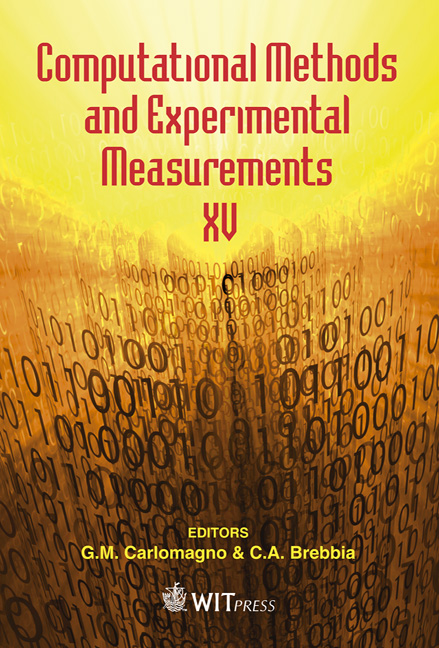Analyses Of The Robustness Of The Mathematical Model With The Laboratory Prototype Of The Drilling Process During Simulation And Vibration Control Experiments
Price
Free (open access)
Transaction
Volume
51
Pages
10
Page Range
307 - 316
Published
2011
Size
520 kb
Paper DOI
10.2495/CMEM110271
Copyright
WIT Press
Author(s)
F. Abdul Majeed, H. Karki, Y. Abde Magid & M. Karkoub
Abstract
The drilling industry is faced with many challenges, and the sudden failure of a drill string during drilling is one of major concern. Exploration of the causes for the failures reveals vibrations as the major cause. In order to test and analyze the vibration patterns of rotary drilling, a laboratory proto type of the process is set up. The mathematical model developed to analyze the vibration presents residual error. Robustness issues pertaining to model error and modelling error is discussed. Methods to counter the errors and minimize the vibrations are also discussed. Keywords: rotary drilling, robustness, modeling error, vibration, experimental set up, unbalanced mass, parameter uncertainty. 1 Introduction and problem formulation There are many types and designs of drilling rigs. Drilling rigs are classified by the power used to drive the process (electric, mechanic or hydraulic), height of the derrick or the type of drill pipe used (cable, conventional and coil tubing). The drilling rig we are concentrating on is an electric driven, conventional rotary drilling, fig. 1. This is the widely used method of drilling and drilling is achieved by the drill bit as it rotates and cuts into rock. All the major items of machinery used in the rig are driven by electric motors. Metal or plastic drill
Keywords
rotary drilling, robustness, modeling error, vibration, experimental set up, unbalanced mass, parameter uncertainty





